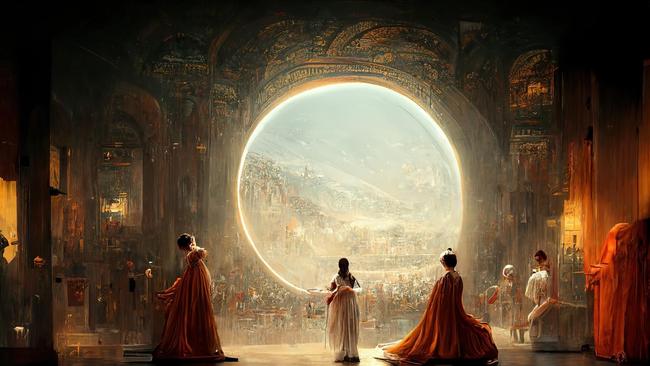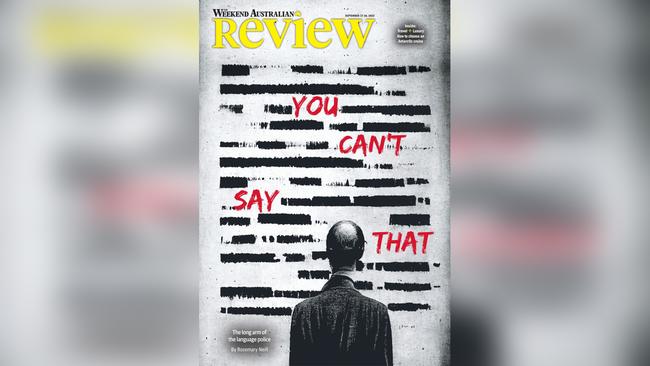Is an AI artwork really art?

Think Raphael. Think Titian. Think Midjourney. Think whatever you like but, without further adieu, we’ll present the prize to this little icon on my phone. See this spaceman helmet icon? It’s hard to see from the audience because it’s an app. It’s an app that uses AI to generate whatever you want to paint or, in our winner’s case, whatever Jason Allen asked the app to paint. Or make. Or possibly borrow from history’s best artists.”
The Colorado fair organisers didn’t use these words when they presented their annual prize because they didn’t know they were giving it to an AI picture tooled up by a tech guy. Or should we say, to a guy who dictated an image to an AI program. Lots of people were confused about this, not least the judges. The loudest reaction to the machine’s triumph was predictably from artists – graphic, digital and those who still wear smocks. This will take our jobs, they said. It will lead to gig art, said another. A more erudite critic posted, “it’s slop produced as cheaply and quickly as possible to be consumer in bursts of a few microseconds as it glides by on the infinite feed”.

A more interesting response is to ask, is it art? – something few feel confident to proclaim unless it’s mum sticking the toddler’s scribbles on the fridge door. Can you actually dictate a piece of art into being, which is what users do on interfaces like Midjourney and Dall-E?
Certainly, there’s an element of imagination when you type into these programs the details of the image you’re after. For example, type: Gustave Dore-style T-Rex stomps on White House screaming onlookers, smashed rose garden, dinosaur poo everywhere. Whatever you type in, the program does the work, scanning the web for the requested images and arranging them in a convincing manner. AI joins the dots.
But it doesn’t just raise the question of “what is art?”, it raises the question of “what is an artist?”.
Is an artist simply the person who imagines the picture and then uses whatever tools are at hand – paint, clay, pencils, a dead shark or algorithm – to give the imagined image materiality? Art by HAL or art by Henri, same, same.
The description that Jason Allen gave of his process certainly won’t help him get accepted into notable galleries of the world. As he tells it, he created “a special prompt and, after many weeks of fine tuning and curating my gens, I chose my top three and had them printed on canvas after unshackling with Gigapixel AI”. Not a smock in sight. Allen, a game designer, was unapologetic, refused to return the $300 prize money and declared it the future of digital art.
He has history on his side. In 1888, the Kodak camera was meant to mark the end of portraiture. Synthesisers were meant to destroy the recording industry. Acrylic paint was blamed for an explosion in cheap paintings. Photoshop was going to see the end of supermodels. And yet we still see oil paintings, buy clay figurines, bang on drums in garages and pay supermodels too much. And while it seems dystopian that the oldest expression of humanity – art – is being usurped by machine intelligence, it shouldn’t surprise. After all, the creepy HAL in 2001: A Space Odyssey was a nickname for the Heuristically programmed ALgorithmic computer.
Macken.deirdre@gmail.com



“Ladies and gentlemen, it’s time to announce the winner of the annual Colorado fine arts competition. As you can see, it’s a stunning baroque depiction of an opera performance framed around a luminescence that seems to invite the audience into the future. Or possibly just into the great outdoors.